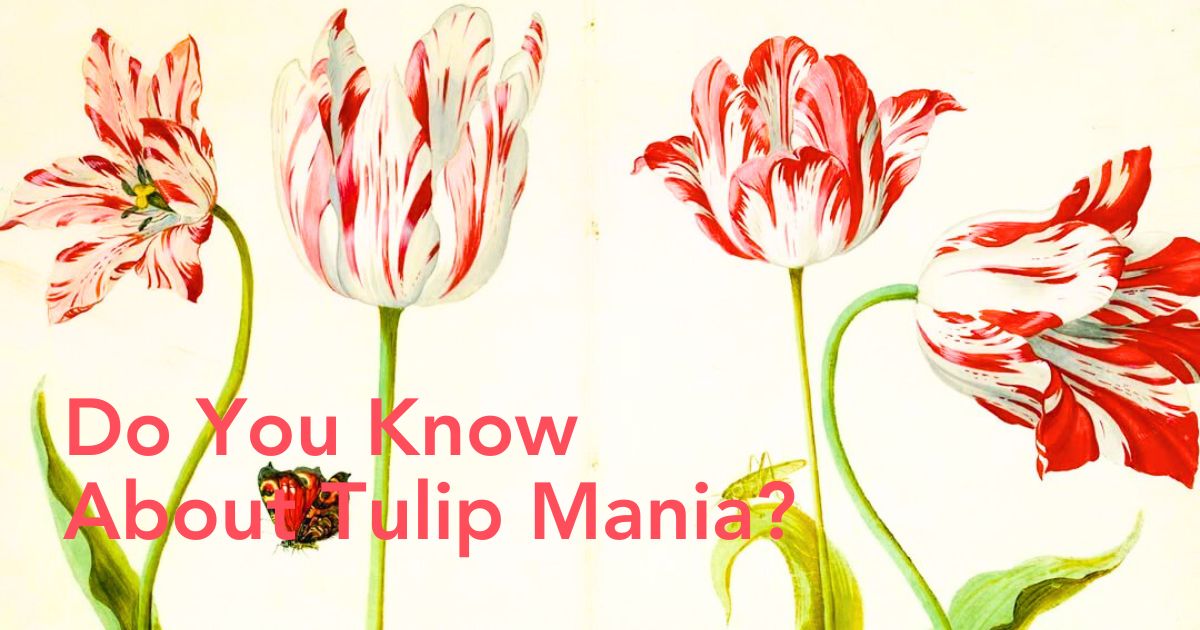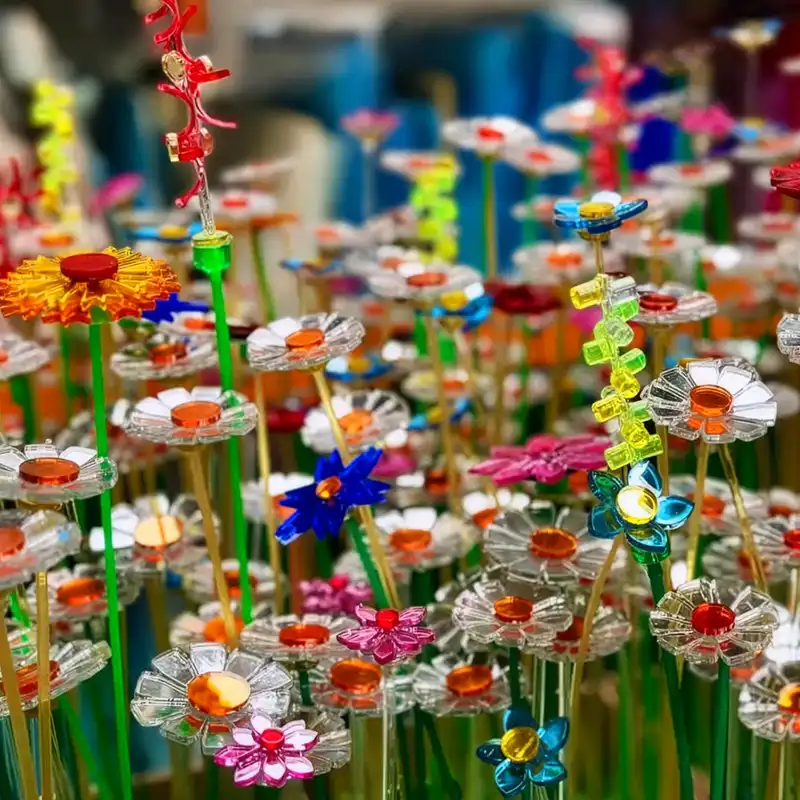No flower marks the start of the spring season and new beginnings quite like the tulip does. It is a classic flower that many have loved for centuries, while attached to important meanings such as love, rebirth, and charity. Although this spring beauty is the national flower of the Netherlands, it originates from nowhere near the 'lowlands'. So, where does the tulip come from? What is 'Tulip Mania', and how did it become one of the most popular flowers in the world?
The History of the Tulip
These days, a big bunch of tulips doesn't automatically make you rich and famous in the Netherlands. But centuries ago, this was a different story. The Dutch weren't giving bunches of flowers to celebrate moving houses... instead, there were entire canal-side houses in Amsterdam that were paid for with tulip bulbs. If only that were still the case!
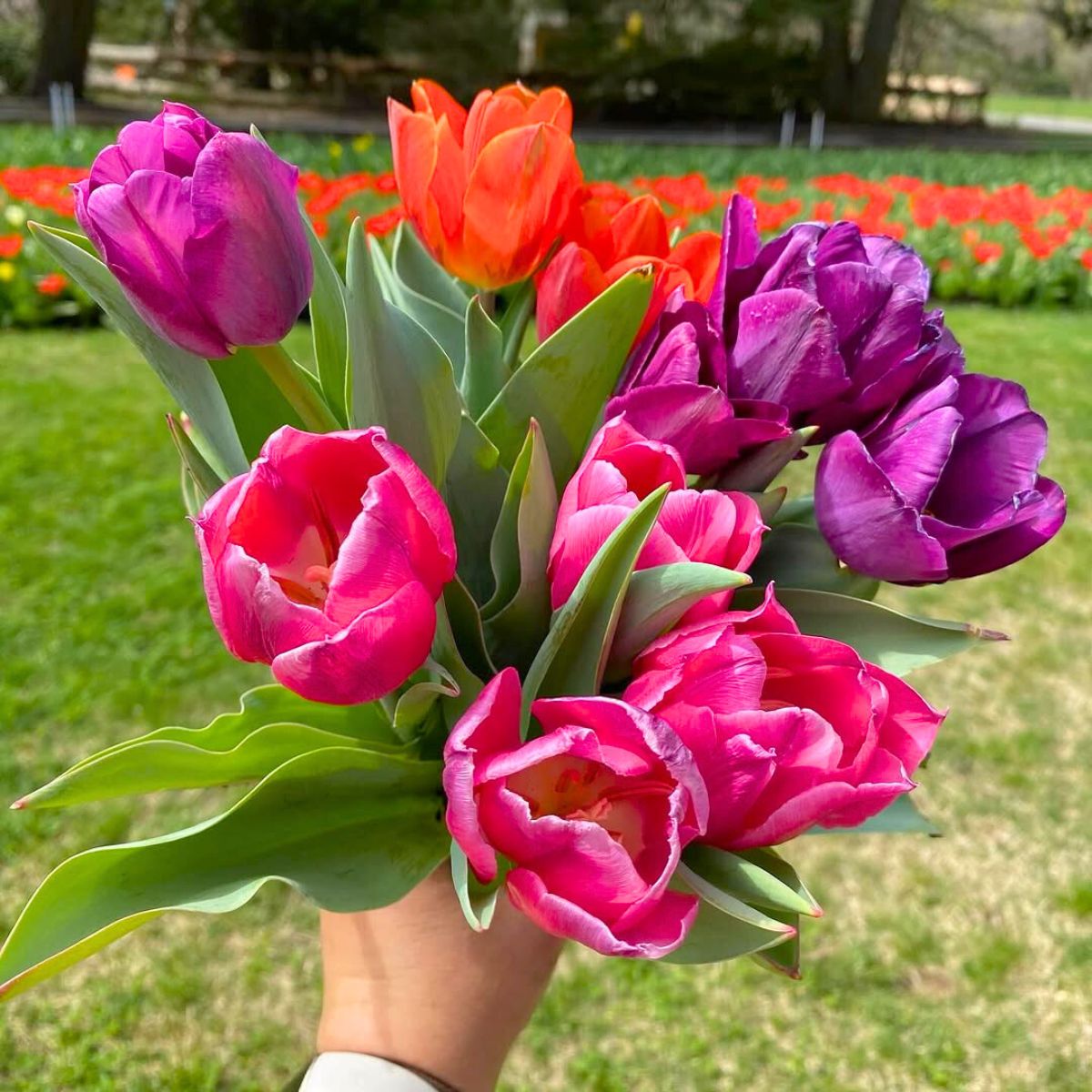
Photo: @masshort
Nearly 50% of the 120 known tulip species are indigenous to Central Asia, as they flourish in extreme heat during the summer and endure severe cold in winter. For nomadic peoples, tulips served as a potent symbol and heralded the arrival of spring.
In the 11th century, poets from Persia extolled the tulip's beauty, and by the 14th century, wild tulips were collected and introduced into the gardens of Ottoman palaces. These gardens were probably the first place that ambassadors and envoys from Western Europe encountered them.
Mania in Turkey struck in the 16th century, at the time of the Ottoman Empire, when the Sultan demanded the cultivation of particular blooms for his pleasure. The name 'tulip' came from the Turkish word for turban.
Tulips in Turkey continued to remain popular, and in the early 18th century, the 'Age of the Tulips' or 'Tulip Era' began. There were tulip festivals, and it was a crime (punishable by exile) to buy or sell tulips outside the capital.
The flowers were then introduced into Western Europe and the Netherlands in the late 16th century, probably by Carolus Clusius, who was a biologist from Vienna, in today's Austria.
The Tulip Frenzy That Shook the World
'Tulip Mania', which is referred to as the Tulip Craze or Tulpenwindhandel (in Dutch), was an economic speculation surge involving tulip bulbs that occurred in 17th-century Holland. The flower's bulbs experienced a sudden and dizzying price increase. The interaction of supply and demand led to outrageous prices for the rarest and most desired varieties. The cost of a single flower could equal that of a whole brewery or a bride's dowry. Today, Tulip Mania is frequently referenced as the precursor to other economic 'bubbles' where prices soared in a short period and subsequently crashed.
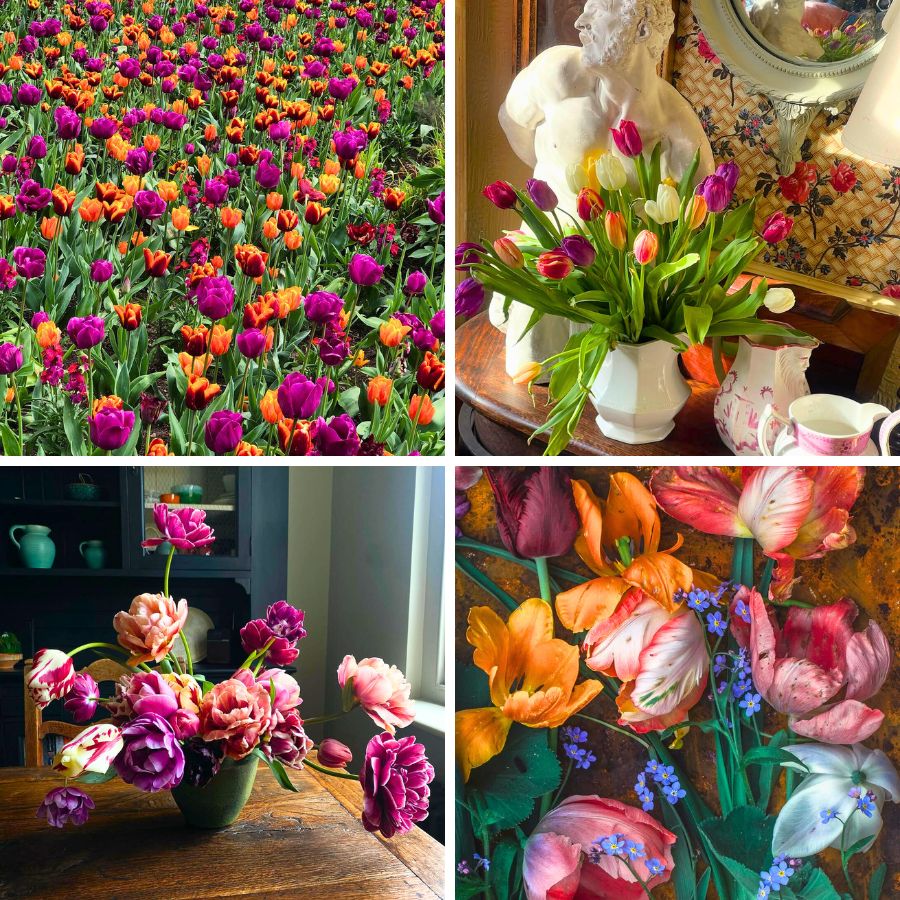
As a little backstory, at the beginning of the 17th century, the tulip was starting to be used as a garden decoration instead of its former medicinal purposes. It soon gained major popularity as a trading product, especially in Holland. The interest in the flowers was huge, and bulbs were sold for unbelievably high prices.
Flower hybridization began with botanists, who quickly discovered methods for creating even more beautiful and ornamental specimens. Flowers that were hybrids or mutations were regarded as uncommon and indicative of elevated status. It was here, in late 1636 and early 1637, that the Netherlands experienced a full-blown 'Tulipomania'. Did you know the most expensive tulip receipts that Goldgar found were for 5,000 guilders, the going rate for a nice house in 1637?
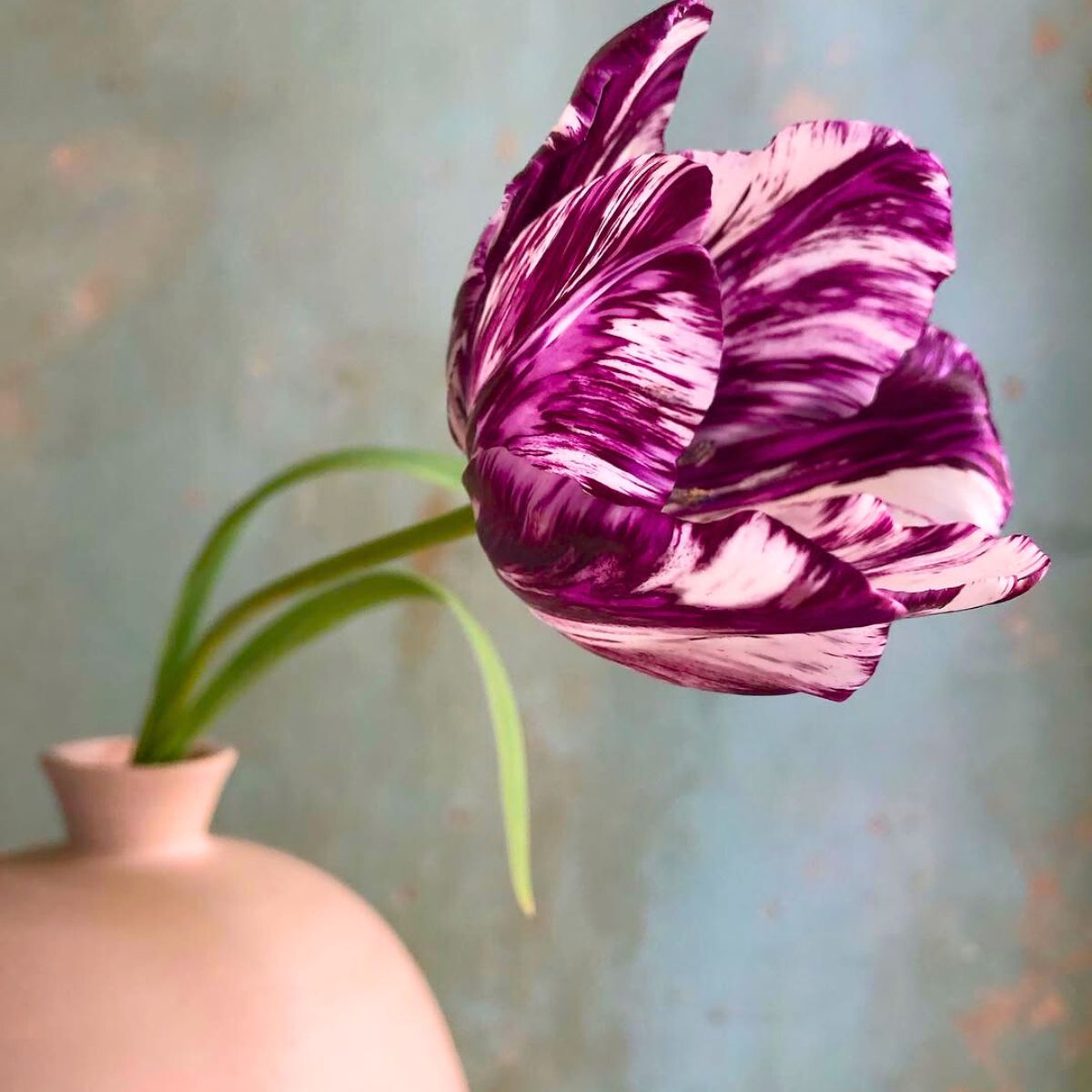
Photo: @ronaldvanderhilst
In 1637, when people regained their sanity and ceased buying the bulbs at such inflated prices, a price crash became unavoidable. During the 17th and 18th centuries, the tulip continued to pique interest, with the Dutch emerging as its genuine connoisseurs and stockists.
Among the factors leading to the tulips' popularity was the difficulty of growing certain rare varieties. In addition, a new strand of the virus had recently affected tulip bulbs, causing the flowers to develop distinctive and appealing patterns in coloration. The short supply of these particular varieties meant an increase in demand and a rapid increase in value. During the period of the tulips' climbing value, interest rates also dropped sharply, meaning that it was possible to trade tulip 'futures' without any margin at all.
First Asset Bubble in History
It is generally considered to have been the first recorded speculative bubble or asset bubble in history. In many ways, the Tulip Mania was more of a then-unknown socio-economic phenomenon than a significant economic crisis. It had no critical influence on the prosperity of the Dutch Republic, which was one of the world's leading economic and financial powers in the 17th century.

Though the tulip 'bubble' burst and the prices went down, the tulip fever didn't go away completely. Throughout the 17th and 18th centuries, interest in the tulip remained, but the Dutch became the true connoisseurs and stockists. The tulip was named the national flower, and to this day, a whopping 90% of tulips are cultivated in the Netherlands.

And Now?
A big bunch of tulips still brightens up your home, but for a truly impressive display of the flower, you'll need to travel to Holland during the spring season to visit Keukenhof and many other tulip fields. Even today, the tulip is still the most important flower for the Dutch flower industry, and almost half the bulb fields in the Netherlands are filled with endless rows of tulips.

Photo: @daniel.budaes
For most Dutch people, seeing the tulip fields in bloom it's the truest sign that spring has arrived.

